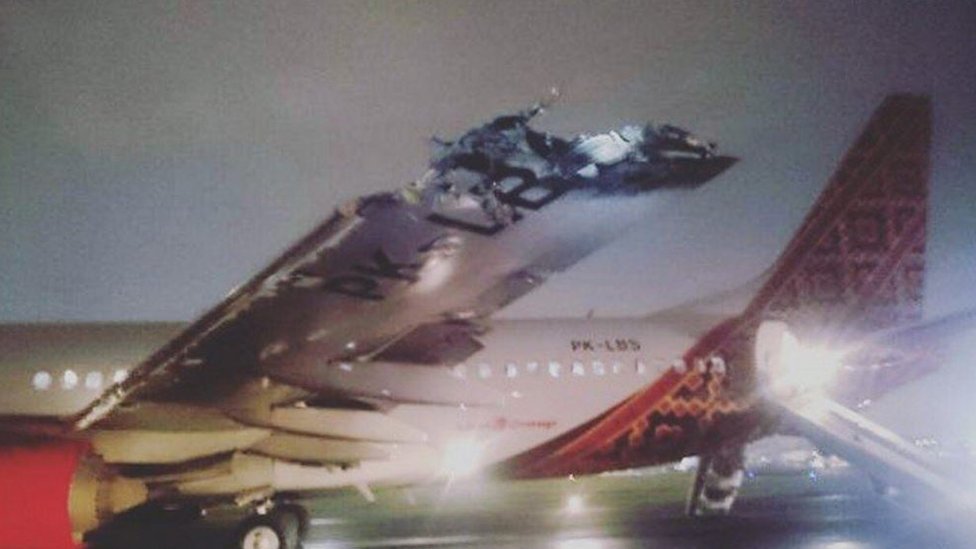A Batik Air Boeing 737 (PK‑LDJ) experienced a dramatic crosswind during a downpour at Jakarta’s Soekarno–Hatta International Airport, tipping sharply to the side and narrowly missing contact between its right wing and the runway.
The aircraft stabilised and landed safely, prompting a full technical inspection; no damage was found, and normal operations resumed. The incident highlights the challenges of increasingly volatile weather patterns and the need for resilient aviation protocols.
As the aircraft descended amid heavy rain, a sudden gust shifted its trajectory, banking the plane significantly onto its right wing. In a written statement, Batik Air’s Corporate Communications Strategic Officer reaffirmed that “all flight procedures were followed” and that safety remained the top priority.
A post‑landing inspection confirmed structural integrity. The near-miss footage, shared widely online, shows the plane’s wingtip tilting precariously until pilots regained control. Meteorological experts attribute the sudden crosswind to the passage of a powerful storm system over Greater Jakarta.
With the rise in extreme weather events tied to climate change, civil aviation bodies are emphasising improved forecasting and stronger runway safeguards. A former airline chief operations officer noted that proactive wind-shear detection systems and upgraded pilot training for crosswind landings are vital to maintaining safety amidst changing weather norms.
Batik Air’s statement highlighted their adherence to established safety protocols and the swift deployment of engineers to inspect the aircraft. An aviation analyst commented that while modern aircraft are built with rigorous safety margins, pilot expertise and real-time weather data remain critical during uncertain conditions.
The safety authority has yet to officially confirm whether the storm delayed or diverted other flights, though the airline acknowledged that similar aircraft were held in holding patterns over Jakarta to await better weather conditions. This incident underscores growing pressure on airports to invest in enhanced weather monitoring tools and revise operating procedures that accommodate climate-driven upheavals.






